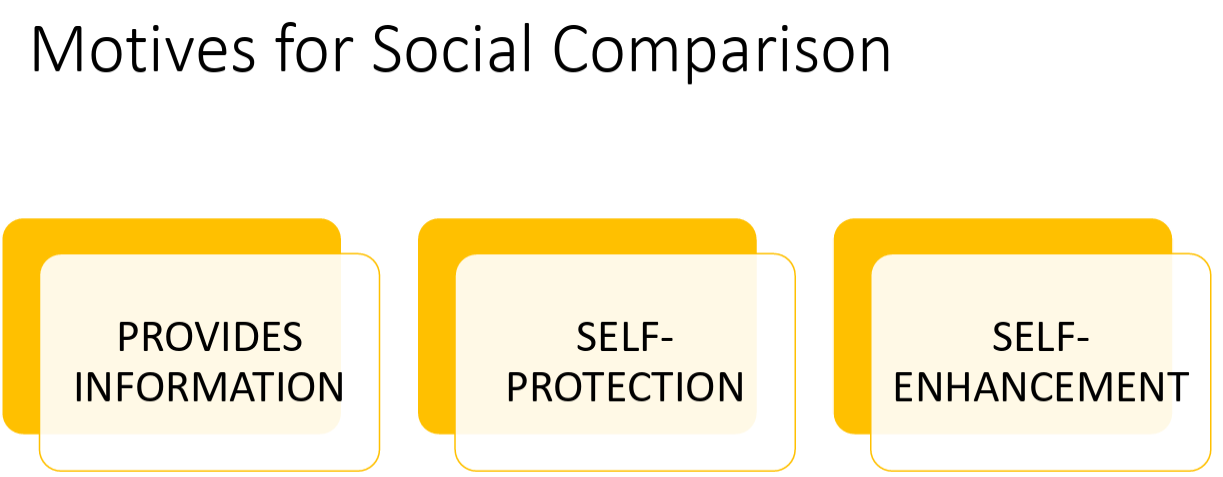Social Thinking and Influence
Definition (#f7aeae)
Important (#edcae9)
Extra (#fffe9d)
Key Concepts:
Social Psychology Key Concepts.
Fundamentals of Social Groups: Structure, Norms, Roles, Social Status and Power.
Social Cognition: Social Comparison.
Attitude Formation.
Social Influence & Compliance.
Milgram’s Obedience study
Social Psychology:
Study of how individuals feel, behave and think in social settings.
Social network strongly influences our behaviours, as how we also influence one another through social situa ons and interactions.
Social Groups:
We all belong to social groups based on identifying characteristics and categories.
In-groups: A group in which a person identifies belonging to.
Out-groups: A group in which a person doesn’t belong.
Group Characteristics:
Group structure: Network of roles, communication, pathways, and power in a group.
Group cohesiveness: Degree of attraction among group members, or their commitment to remaining in the group.
Cohesive groups tend to stay together and pay attention to each other.
They work more efficiently.
Norms: Widely accepted standard for accepted behavior.
Individual Characteristics (In a group):
Social role: Patterns of behavior expected of people in various social positions.
Ascribed role: Assigned to a person, not under personal control.
Achieved role: Attained voluntarily by special effort.
Role conflict: When two or more roles make conflicting demands on a person.
Social Status & Power:
Social status: Degree to which group members respect and admire another person.
Social power: Degree to which a person possesses the capacity to control the behavior of other members.
We are more likely to comply with requests made by a person with higher status & power.
Social Cognition: The process of thinking about ourselves and others in a social context.
Social comparison: Process of comparing your own actions, feelings, opinions, or abilities to those of others.
Downward & Upward comparison: Comparing yourself with a person who ranks lower or higher on some dimension
Bystander Effect: The presence of others discourages an individual from intervening in a situation. We are likely to assume that someone else will help.
Diffusion of Responsibility: Spreading responsibility to act among several people; decreases likelihood that help will be given.

Attitudes:
Mixture of belief and emotion that predisposes a person to respond to other people or groups in a positive or negative way.
Belief component: What a person believes about the object of an attitude.
Emotional component: Feelings toward the object of an attitude.
Action component: One’s actions toward various people or objects.
Attitude Formation:
Direct contact: Personal experience with the object of the attitude Attitude Formation.
Interaction with others: Influence of discussions with people holding a particular attitude.
Group membership: Social influences from belonging to certain groups.
Child-rearing: Effects of parental values, beliefs, and practices.
Mass media: All media that reach large audiences
Attitude Change:
Influence from a referential group.
Persuasion: Any deliberate attempt to change attitudes or beliefs through information and arguments.
Cognitive Dissonance: When our attitudes contradict one another or are inconsistent, we experience discomfort.
Strive to be consistent in what we think and behave, and inconsistency can motivate people to change their attitudes.
Social Influence:
Change in one’s behavior induced by the presence or action of others.
Social Facilitation: Tendency to perform better in the presence of others.
Social Loafing: Tendency to work less hard when is part of a group vs. when solely responsible.
Conformity: Matching behavior and appearance to perceived social norms.
To use others for information and for a sense false acceptance and belonging.
Compliance: Situations in which a person bends to the requests of another person who has little or no authority.
Foot-in-the-door effect: First agreeing to a small requests, more likely to later comply with a bigger request.
Lowball technique: A strategy in which commitment is gained first to reasonable terms, though later becomes less reasonable.